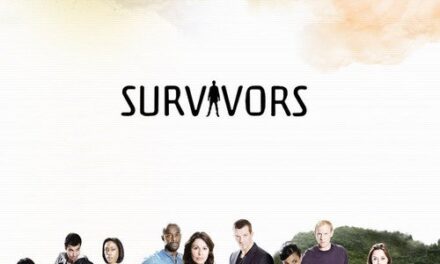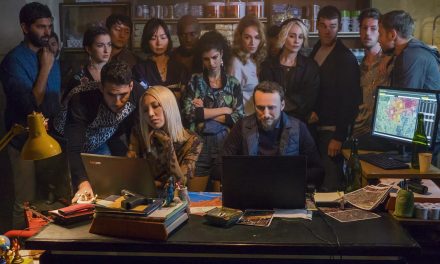This collection initially examines cinematic, televisual, literary, visual and poetic representations of body parts who are vitalized, autonomized, individuated and animated. They become independent entities with a mind of their own. Instead of been parts of intricate mechanisms, these organs turn into independent, humanized and personified “bodies.”
As self-directed figures or creatures, these body parts act, perform, exhibit themselves and even talk, sing and dance like human beings, although they are not physically connected to any brain or other body parts. They function as rather resilient, self-esteem subjectivities with their own vulnerabilities, fragilities, sensitivities, strengths, ideas and values. Notably, the very idea of independent or lively mutilated organs genuinely appears in the Bible. In the story of the creation of Eve, Adam’s rib dramatically plays a significant part. In Ezekiel’s Vision of the Valley of Dry Bones, the bones are vitalized, fleshed and stand up like they were live creatures that yearn to be revived.
Human organs are embodied in particular mythologies and national and universal iconographies, spiritualities and fantasies. In the Jewish mystic Kabballah, for example, body parts like head, eyes, ears, mouth, hands, thighs, phalluses and legs are fascinatingly analogized with transcendental landscapes and topographies. In the Brothers Grimm’s fairytales, a corps’ decapitated head speaks and cunningly avenge its owner’s death; a drawn girl’s bone reveals the murderer’s name when it turns into a harp that is played by a troubadour. In modern popular visual culture, Herbie Hencock’s shocking music video “Rockit” (1984) features grotesque robot-like movable limps (created by Jim Whiting) spinning, dancing, and even walking in time to Hencock’s music.
We invite chapters that interrogate the concept of seemingly independent body parts with a mind of their own from a variety of perspectives and disciplinary backgrounds. Topics could include, but are not limited to:
- Artificial body parts that become vital, independently of the rest of the body, in the age of cyborgs, cloning, and transplant and prosthetic organs
- Personified and/or queered sex organs with a mind of their own, from the animated series Big Mouth‘s talking vagina to autonomous phalluses, abject and sensual buttocks and buttholes, fetishized breasts, chests, and nipples
- The blood as a livable, substant and mesmerizing liquid of life in Gothic, vampiric and horror cultures
- (Un)disciplined hair as distinct, autonomous entity and iconographic phenomenon, e.g., Afro natural hair, dreadlocks, mythicized blondness, moustaches, beards, chest hair, pubic hair, armpits and eyebrows, from Rapunzel’s powerful long hair to Der Struwwelpeter (Shock-headed Peter whose hair grows wild) and Tom of Finland’s mustached, well-hung men in uniforms
- The heart as sacred, empowering and terrifying fetish, icon and artifact in theological, popular and even cannibalistic cultures, from the Sacré Cœur in Christian mythology to Lady Gaga carrying the heart of her dead lover Alejandro
- Historical, ethnic, defamatory and emancipatory representations of the nose, from Pinocchio’s elongated phallic nose to ethnic stereotyping and Gogol’s personification of a nose who is chased by his owner
- Personified hands in televisual and cinematic portrayals of “It” (the walking hand in the Gothic comedy The Addams Family) to the serial killer Freddy Kruger’s murderous blade glove
- The iconography of lips in popular culture, from the lips applied by red hot lipstick in makeup commercials to the iconic logo of the Rocky Horror Picture Show, and Jessica Rabbit’s flying kiss in Who Framed Roger Rabbit
- Insatiable or vulnerable eyes in the Greek mythology (the Graeae, three witches who share one eye and one tooth), Bataille’s The Story of the Eye, Buñuel and Dalí’s film Un Chien Andalou, the Eye of Sauron or Great Eye in Lord of the Rings, the icon of the Big Brother’s surveilling eye, etc.
Submission
Please send the following to the editors at: giladpadva@gmail.com and yairma@gordon.ac.il by April 20, 2023:
- 350-word abstract
- 100-word bio
- 5-6 key words
Contact: giladpadva@gmail.com and yairma@gordon.ac.il
Anticipated timeline
- Abstract submission deadline: April 20, 2023
- If your proposal is accepted, full proposal (approx. 5,000-7,000 words) to the Editors: August 15, 2023





